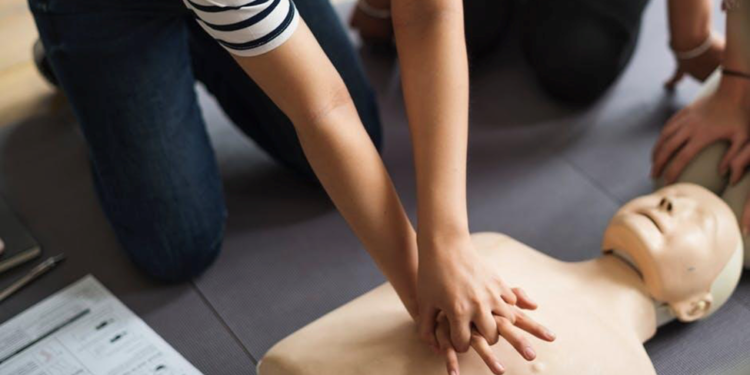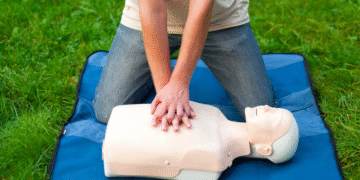Being part of a BLS unit is a challenging but rewarding responsibility. It requires quick thinking, advanced skills, and a deep understanding of emergency care.
Do you know which skills are essential for every BLS unit member? Whether you’re new to emergency medical services or looking to improve, mastering these skills is crucial for saving lives.
From CPR to using medical response vehicles, each technique plays a vital role in patient outcomes. In this post, we’ll explore four key skills every BLS unit member should master. By the end, you’ll be prepared to excel in any emergency.
1. Effective Use of Life-Saving Medical Devices
A BLS unit is often equipped with life-saving medical devices. It’s crucial to understand how to operate these devices efficiently.
Ventilators, oxygen tanks, and portable defibrillators are among the most common tools you may need to use. Familiarizing yourself with their functions can make treatment faster and more effective.
Additionally, knowing how to troubleshoot any device failure under pressure is an important skill. Mastery of these devices ensures that you can deliver the best care possible while keeping the patient stable until further medical support arrives.
2. Proficiency in Basic Life Support (BLS) Techniques
Mastering the core BLS skills is the foundation of every BLS unit member’s role. Basic Life Support techniques, such as CPR and First Aid, are vital in emergencies.
You should be comfortable performing CPR on both adults and children, as well as recognizing the signs of respiratory distress. Understanding how to use basic life support equipment, like an automated external defibrillator (AED), is key.
A calm, methodical approach during these procedures can mean the difference between life and death. Knowing when and how to apply these techniques can save precious moments in critical situations.

3. Mastery of Patient Transport Systems
Being able to work with patient transport systems is an important part of being in a BLS unit. Medical response vehicles are often used by BLS units to get patients to hospitals.
To keep patients from getting hurt during transport, you need to know how to properly secure them. This means knowing how to use safety harnesses, stretchers, and devices that keep people from moving.
Also, being able to talk to emergency medical services (EMS) clearly is important for planning the transfer. Mastering these systems makes sure that transportation is quick and safe, putting the patient at the least amount of risk during transport.
4. Communication and Teamwork in High-Stress Environments
Making sure everyone can talk clearly in an emergency can save lives. In a BLS unit, you’ll often have to work with other people under a lot of stress.
When you can talk to your team clearly, everyone knows what they need to do and can do it quickly. This means giving important information about the patient and staying calm while giving instructions.
You’ll need to work together with paramedics, doctors, and other emergency workers a lot, so teamwork is also very important. It’s easier to give the best and most efficient care in a crisis when people work together without any problems.
Must Read the Story: How Old Is Papi Galang? A Look into Her Life, Age, and More
Essential Skills for Every BLS Unit Member
A career in a BLS unit is demanding but rewarding. By mastering these essential skills, you will be better prepared to handle emergencies with confidence.
From understanding basic life support techniques to working effectively with medical response vehicles, each skill plays a vital role in patient care. Remember, staying calm, learning consistently, and practicing regularly will ensure your success.
Did you like this guide? Great! Browse our website for more!













